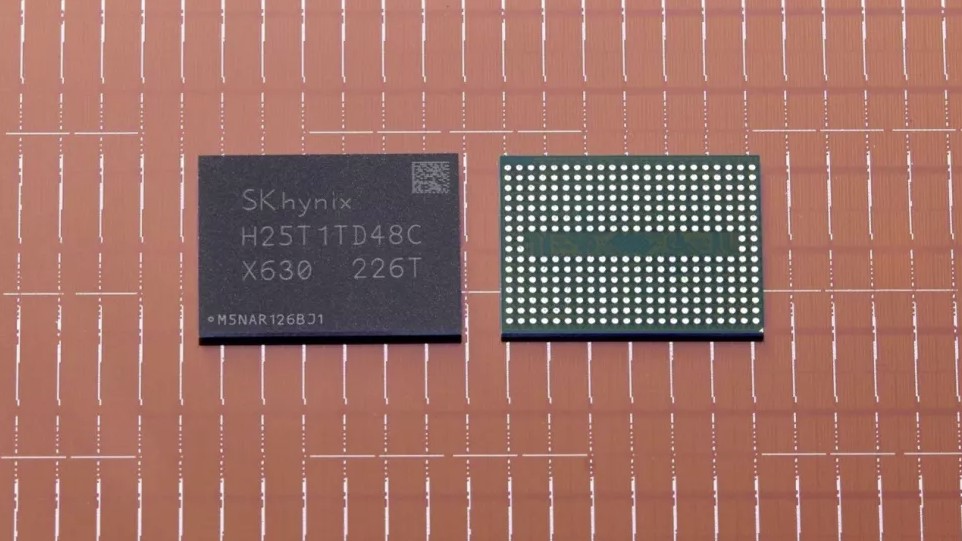SK Hynix announced the world's first 238-layer TLC 4D NAND memory chips

The company's first 3D NAND chip has 238 layers, making it the most numerous of its kind in the sector. The new 512GB devices promise to be rather inexpensive and will allow SK Hynix to produce low-cost solid-state storage. Furthermore, by producing high-layer flash memory with 512Gb 238-layer 3D NAND products, the memory maker will be able To learn how to mass produce flash memory with a large number of layers.
The world's first 3D NAND device with 238 layers from SK Hynix is a triple level cell (TLC) structure with 512Gb storage capacity (64GB) and a 2400 MT/s interface speed, which is 50% greater than the previous-generation flagship NAND from South Korea's manufacturer. The new 3D NAND memory chip improves read energy efficiency by 21%, which will be beneficial for mobile PCs as well as smartphones.
The IC includes a charge trap flash (CTF) design, as well as SK Hynix's ‘4D' NAND peripheral under cells (PUC). The company's peripheral under cells (PUC) reduces the cost of NAND memory by making devices smaller.
SK Hynix's 238-layer 3D NAND chips are more technically advanced than Micron's 232-layer 3D NAND ICs, which were launched in July. Because the capacity of Micron's 232-layer 3D NAND modules is 1GB, they offer greater storage space per chip and enable the production of 3D NAND packages up to 2TB. However, according to SK Hynix, its 1Gb 238-layer 3D NAND devices will be commercially available next year.
When it comes to developing fast midrange SSDs (that might enter our best SSDs list), 512Gb 238-layer 3D NAND chips may have certain benefits over 1Gb 232-layer 3D NAND ICs. When all eight NAND channels are utilized, eight 512GB 3D NAND devices allow for the production of 512GB drives with all chances of achieving this goal.
SK Hynix anticipates beginning mass production of 3D TLC 238-layer NAND devices (also known as 4D NAND, if you want) in the first half of 2023. The new flash memory chips will initially be utilized in client SSDs, but they will later be used in smartphones and high-end drives.
Source: www.tomshardware.com